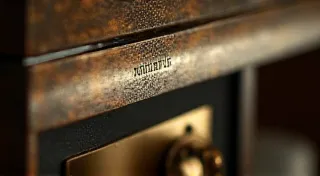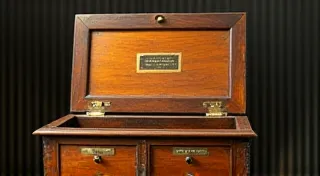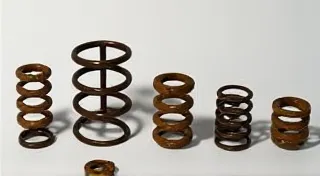The Role of Lubrication in Music Box Maintenance
Antique music boxes are intricate marvels of mechanical engineering, bringing joy with their enchanting melodies. Like any mechanical device, they rely on proper maintenance to function reliably and retain their beauty. A critical, often overlooked, aspect of this maintenance is lubrication. Neglecting lubrication can lead to stiff movements, slow or erratic playing, and ultimately, damage to delicate components. This article explores why lubrication is so important and offers guidance on selecting appropriate lubricants.
Why is Lubrication Necessary?
The moving parts within a music box – the cylinder, comb, and various gears – experience friction as they interact. Without lubrication, this friction generates heat and pressure. Over time, this can lead to:
- Wear and Tear: Friction accelerates the wearing down of metal parts, shortening their lifespan.
- Sticking and Slowing: Parts become difficult to move, leading to missed notes or a sluggish performance.
- Damage to the Comb: The comb, the heart of the music box’s sound, is particularly susceptible to damage from friction and heat.
- Rust and Corrosion: Lack of lubrication can accelerate the formation of rust and corrosion, further hindering movement.
The original lubricants used in antique music boxes were often animal-based oils or greases. These have long since dried out or degraded, leaving parts vulnerable.
Choosing the Right Lubricant
Selecting the right lubricant is crucial. Using the wrong type can be as damaging as not lubricating at all. Here’s a breakdown of considerations:
- Viscosity: The lubricant's thickness. Too thick, and it's difficult to apply and can attract dust. Too thin, and it won't adequately protect the moving parts. A medium viscosity is generally best.
- Compatibility: The lubricant must be compatible with the metals and materials used in the music box. Avoid harsh chemicals that can corrode or dissolve components.
- Longevity: A good lubricant will last for a reasonable period before needing reapplication.
Here are some commonly recommended lubricants for antique music boxes:
- Music Box Oil: Specifically formulated for music box mechanisms. Available from hobby shops and online retailers.
- Clock Oil: Similar properties to music box oil, also designed for delicate mechanisms.
- Synthetic Oil (Light Weight): Some light synthetic oils can be suitable, but research thoroughly to ensure compatibility.
- Avoid: WD-40, petroleum-based oils, and general-purpose greases.
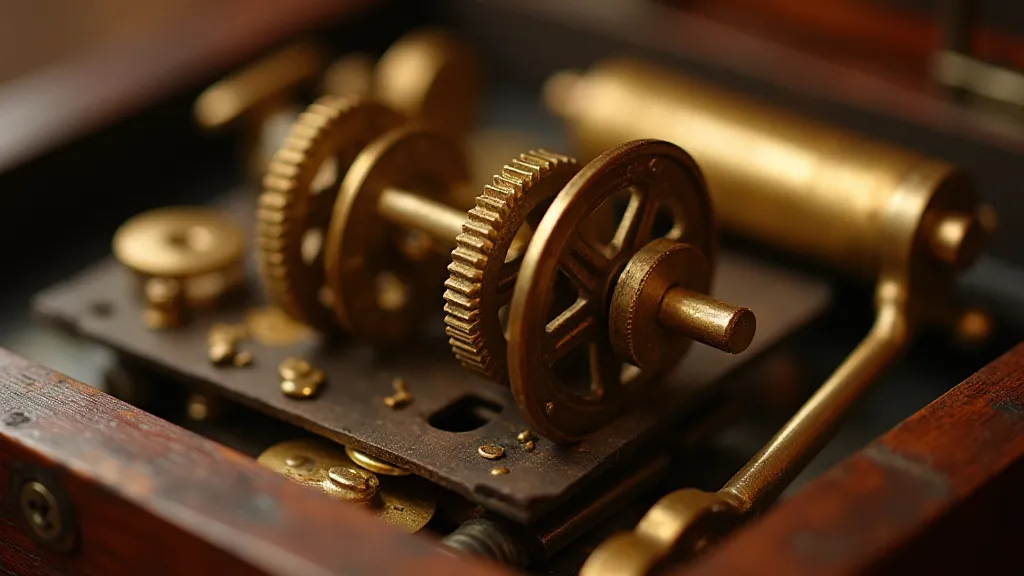
Application Techniques
Proper application is just as important as choosing the right lubricant:
- Clean First: Before applying any lubricant, thoroughly clean the parts you intend to lubricate. Dust and old grime will only create a sticky mess.
- Apply Sparingly: Less is more! Over-lubrication attracts dust and can gum up the mechanism. A single drop is often sufficient for a small component.
- Targeted Application: Focus on points of friction, such as gear teeth, cylinder pins, and comb tines.
- Use the Right Tool: A small oiler or needle applicator is ideal for precise application.
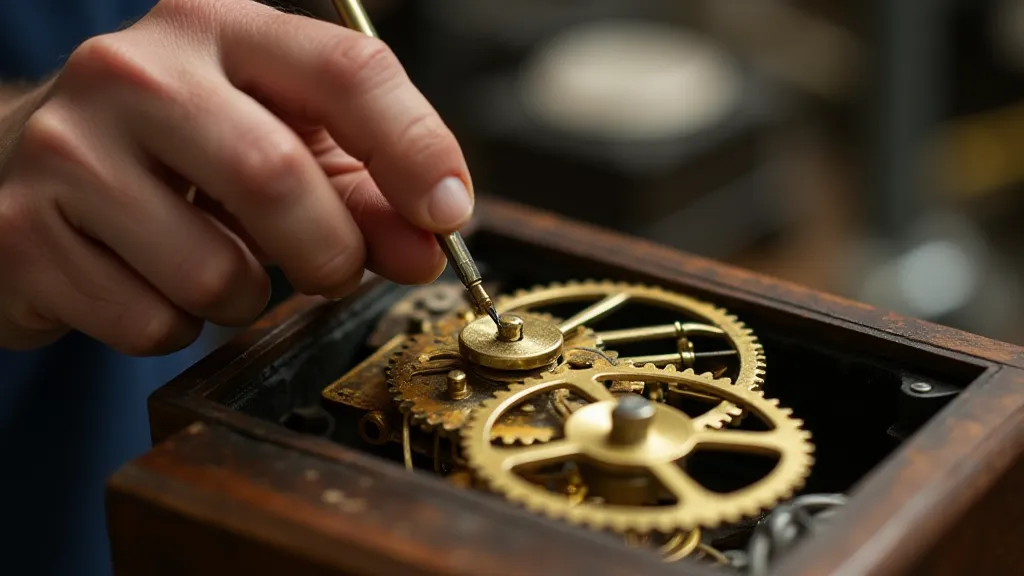
Frequency of Lubrication
The frequency with which you need to lubricate your antique music box depends on several factors, including its usage, environment, and the type of lubricant used. As a general guideline:
- Regular Use: Lubricate every 6-12 months.
- Infrequent Use: Lubricate every 1-2 years.
- Environmental Factors: If the music box is stored in a humid or dusty environment, more frequent lubrication may be necessary.
Keep a record of when you last lubricated your music box to ensure consistent maintenance.
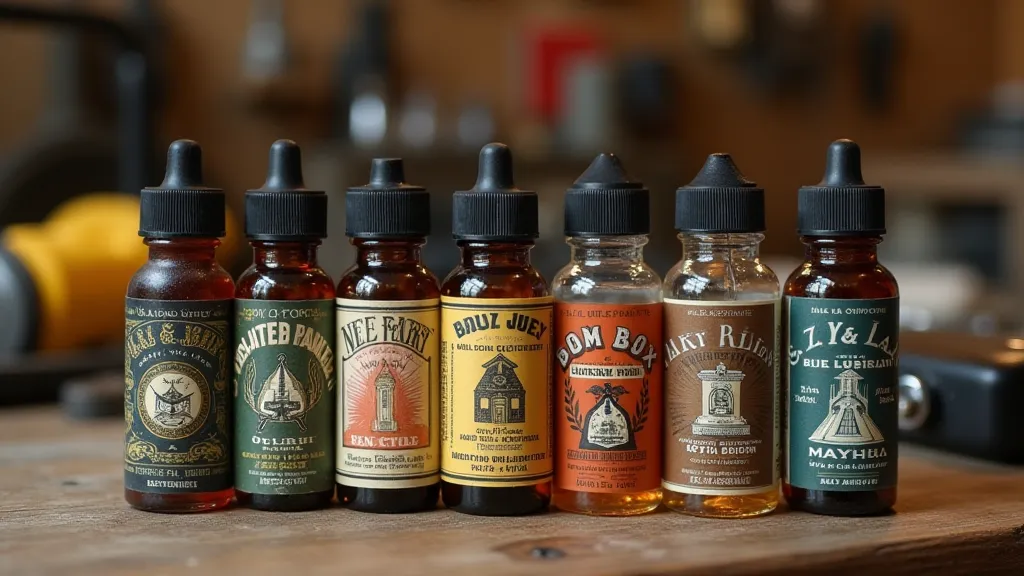
Conclusion
Proper lubrication is a vital part of preserving the longevity and performance of your antique music box. By understanding the importance of lubrication, selecting the right lubricants, and applying them correctly, you can ensure that your music box continues to enchant generations to come.
